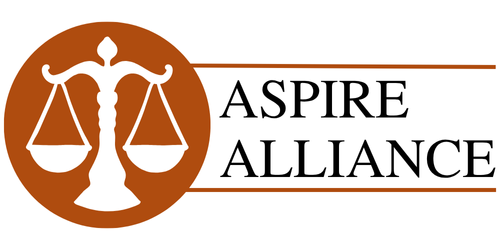Women Law & Domestic Violence
The text provided outlines a range of critical issues impacting women’s safety, equality, and human rights. These include:
- Domestic Violence: Acts of violence committed by one member of a household against another. This can encompass physical, emotional, sexual, and economic abuse.
- Eve Teasing: A euphemism for public sexual harassment or molestation of women by men. It refers to unwanted sexual advances, gestures, or comments in public spaces.
- Women’s Suffrage: The right of women to vote in political elections. Historically, this movement fought for women’s equal participation in the democratic process.
- Rape Law: Legislation pertaining to the crime of rape, which is non-consensual sexual penetration. This area of law addresses definitions, penalties, and victim support.
- Bride Burning: A form of domestic violence that results in the death of young brides, typically by immolation. This is often associated with dowry disputes.
- Gender Inequality: The unequal treatment or perceptions of individuals based on their gender. This manifests in various social, economic, and political spheres.
- Women’s Rights: The fundamental human rights that are universally recognized for women and girls, often focusing on areas where their rights have historically been denied or violated.
- Sexual Harassment: Unwelcome sexual advances, requests for sexual favors, and other verbal or physical harassment of a sexual nature. This can occur in various settings.
- Sexual Harassment in the Workplace: Specifically refers to sexual harassment occurring in an employment context, which can create a hostile work environment or affect employment decisions.
These topics are interconnected and represent significant challenges to achieving true gender equality and ensuring the safety and dignity of women globally. Addressing them requires comprehensive legal frameworks, social awareness, education, and enforcement mechanisms.
